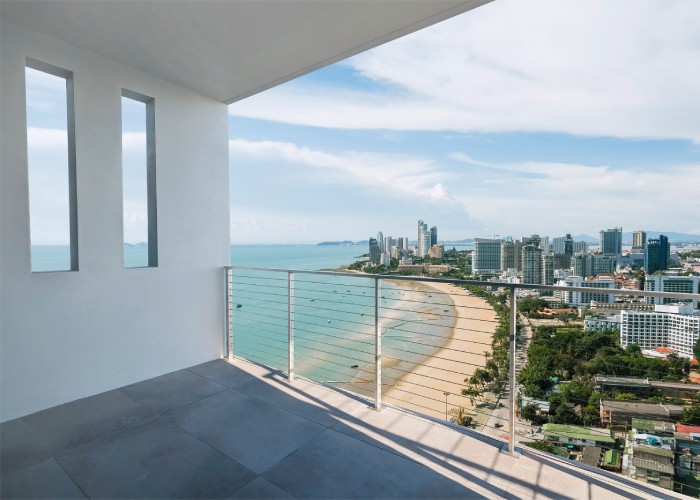Balconies are fantastic architectural features for a range of reasons. Not only do they typically provide an accessible outdoor space with an elevated view, but they can also allow fresh air and natural light to circulate indoors, all while adding aesthetic value.

There are also many possible uses for balconies, from al fresco dining spots to miniature gardens, which make them an attractive selling point that can increase a property’s value.
One of the best parts about balconies is that there are various structural styles to choose from, so there’s a design to suit every location and purpose. If you are considering installing a balcony, you might be stuck on identifying the right type for your building.
This blog is here to explain the most common types of balcony structures and the differences between them to help you understand which would be the most suitable option.
Cantilevered balconies
Cantilevered balconies protrude from the face of a building without a visible support system, because their weight is supported by cantilevering the balcony – typically made of concrete and/or steel – with hidden rods or girders.
They have visual appeal due to the fact that you cannot see the supports, but cantilevered balconies require more complex planning and can only be installed during a building’s original construction. Their ability to withstand greater loads also decreases as the balcony’s depth increases, so they tend to be smaller in size.
Hung balconies
As the name suggest, hung balconies are essentially hanging from the building wall – supported by visible steel cables. Like cantilevered balconies, they can fall into the category of ‘supported balconies’ or ‘box balcony’ designs.
A hung balcony is created by connecting the floor plate to the wall with strong steel cabling, angled at 45 degrees. These balconies often use steel railings to match with the cables, but other minimalist balustrades, like glass, can also be used. They can easily be attached even if they weren’t part of the original building plan.
Stacked balconies
Also easy to visualise from their name, stacked balconies involve two or more balconies stacked on top of each other, supported by vertical posts or pillars running to the top balcony that transfer the load to the ground instead of the main building.
They can be added as a separate structure, but the size of the posts depends on the number of balconies and their weight. Of course, most homes won’t need more than one balcony above each other on the same wall, but stacked balconies come in useful for residential buildings with multiple floors, like apartment buildings.

Juliet balconies
Named for the balcony in the famous scene from Shakespeare’s play Romeo & Juliet, the technical term was changed to ‘Juliet guarding’ in recent years to avoid confusion – because a Juliet balcony is simply a balustrade across an upper floor opening.
As a type of ‘false balcony’ with no external floor space or additional structural support required, Juliet balconies usually do not need planning permission. However, if the window or door opening has to be altered, or it affects the privacy of neighbouring properties, this work may be subject to building approval.
Roof terrace balconies
A roof terrace involves turning a flat roof – usually with one to three open sides – into a useable space with balustrades around the exposed edges, and an access point through an adjoining wall via door or window or from a lower floor via stairs.
As these typically require repurposing the roof area of an existing structure, such as a garage or ground floor extension attached to the main house, they require much more work. The structure must be upgraded to ensure it can withstand the expected loads, and these alterations will need planning approval.
Which balcony type is best?
In the end, the type of balcony that’s best for you depends on the style and purpose of the property in question, and which structural changes may be required to install your preferred balcony design in the chosen location.
For example, if there is little space to work with, a Juliet balcony is a compact solution that can be installed quickly with minimal stress. Meanwhile, if you wanted a raised platform that you could actually walk out and sit on, a cantilevered or hung balcony might be a better fit.
Since designing and installing a balcony takes careful evaluation, it’s best to consult an expert such as an architect or engineer first, who can assess your existing structure and calculate which option would work safely and what you would have to do to implement it.




